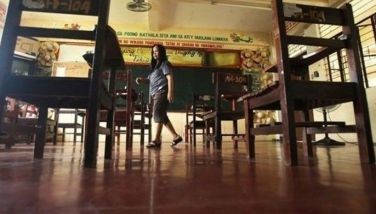The Sinulog Story
CEBU, Philippines – “Sinulog” started as a prayer dance by the early Cebuanos, the native inhabitants of the old Sugbu, the old name of Cebu City. The native people were pagans; they worshipped the gods that supposedly inhabit rock formations, big trees, rivers etc. They made offerings to these gods, bringing part of their harvested crops and slaughtering the best of their animals at the various sites.
The Pahina River, towards the south side of the Sugbu plains, used to be abundant and believed to be the dwelling place of some supernatural powers. The Sugbu natives would bring their offerings there. To entertain the gods, they soon began to dance by imitating the movement of the river’s water currents.
Water current in Cebuano is “sulog,” and the term for imitating the movement of the “sulog” is “sinulog.” And the prayer dance came to be known as “sinulog.”
At the coming of the Spanish colonizers, the natives were Christianized but their practice of “sinulog” persisted. They performed it at the yard of the new Christian church, the San Agustin Chruch – now the Basilica Minore del Santo Niño. As the Santo Nino became more and more know throughout the islands, the celebration of the Fiesta Señor also got more and more grand.
The dancing of the “sinulog,” as an important part of the fiesta celebration, was soon brought to the streets. Through the years, the Sinulog festival has become “the biggest fiesta of the Philippines!”
- Latest






























